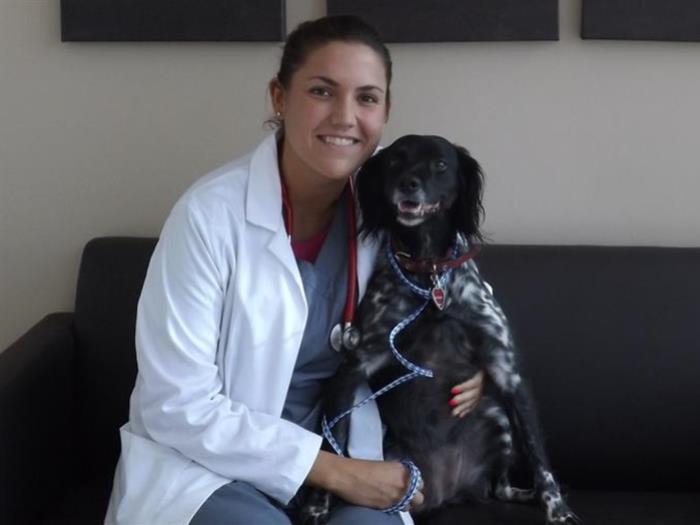Veterinarian Highlight: Kim Carlson, DVM, DACVS
This week, we would like to introduce you to one of VetStem’s most prolific users: Dr. Kim Carlson. Dr. Carlson practices in the Bay Area of California and recently opened her new surgical practice North Peninsula Veterinary Surgical Group in San Mateo, CA. Dr. Carlson is a board-certified surgeon with a special interest in orthopedic surgery, oncologic surgery, trauma and wound management.

Dr. Carlson became credentialed to perform VetStem Cell Therapy in 2007 and has provided VetStem services for over 200 patients since! Dr. Carlson also uses the Pall Veterinary Platelet Enhancement Therapy kit. We asked Dr. Carlson a few questions about her use of VetStem Cell Therapy. See her answers below.
Many of your stem cell patients receive VetStem Cell Therapy in conjunction with orthopedic surgery. Do you recommend stem cell therapy with all of your orthopedic surgeries? If so, why?
Yes, I do. Because of the regenerative power of stem cells. Most patients having orthopedic surgery have some degree of OA or soft tissue injury. The benefit of stem cell therapy is faster healing, more normal healing, decreased pain, reduced development of OA. Stem cells have the ability to treat injuries and return patients to full function that didn’t have a good prognosis with traditional options. Not only do I recommend stem cell therapy for my orthopedic patients but I also recommend stem cell therapy for my patients who are being treated with skin grafts or other wound treatments.
Please explain why VetStem is your go-to stem cell provider.
Simple. Quality control.
You have provided VetStem services for well over 200 patients. What advice can you offer to pet parents who are considering stem cell therapy for their pet?
It’s a great option. I’ve treated two of my own pets. If you don’t have pet insurance look into obtaining pet insurance that will cover stem cell therapy should you need it for your pet. Not only can stem cells help your pet with their current injury but their cells will be banked for any potential future treatments.
If you’re located in the Bay Area and are considering stem cell therapy for your pet, Dr. Kim Carlson is a very experienced and knowledgeable surgeon and VetStem provider.






